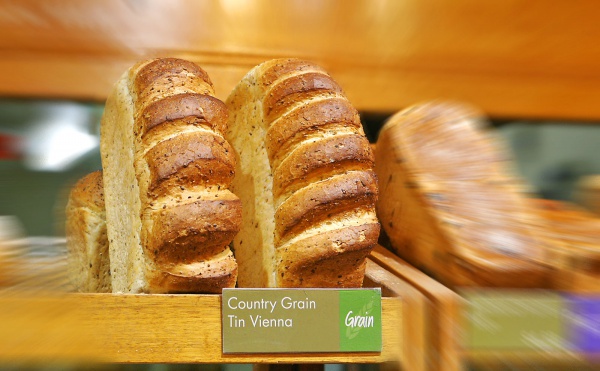Facts About Vienna bread
Vienna bread, originating in Vienna, Austria, dates back to the 19th century and is renowned for its delightful flavor and texture. Its creation marked a significant evolution in bread-making techniques, incorporating the high milling of Hungarian grain and the use of cereal press-yeast for leavening.
The evolution of Vienna bread began as bakers diverged from traditional sourdough starters, favoring beer yeast and fresh dough instead. One of the earliest and most prominent examples is the sweet-fermented Imperial "Kaiser-Semmel" roll, which debuted at the Paris International Exposition in 1867. Interestingly, the development of the Vienna Process was prompted by a beer yeast shortage caused by changes in brewing practices.
To produce Vienna yeast, a mash of malted corn, barley, and rye was employed. This press-yeast was an early form of the commercial baker's yeast we use today. Concurrently, Hungarian high milling was revolutionizing flour production. This innovative process, utilizing both stone and steel-roller mills, produced flour with exceptional quality and quickly spread from Austria to Hungary, Saxony, and Bohemia.
Another notable innovation in Vienna bread-making was steam baking, introduced to France by August Zang in the 19th century. Baking with steam bestowed Vienna bread with its distinctive crust. The steam added moisture to the oven, resulting in a light and airy texture while delaying crust formation, which led to a thinner and more even crust.

 Liechtenstein
Liechtenstein